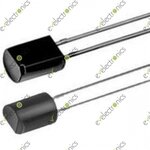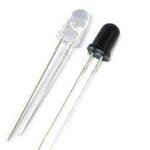electronicsIUST
Member level 3
Hello! I want to design a circuit for smoke detection using A5303 smoke detector. I used the typical circuit in the datasheet but I have problem with it and it doesn't work as explained in the datasheet.Have anyone worked with this IC before?
This is datasheet.
This is datasheet.



